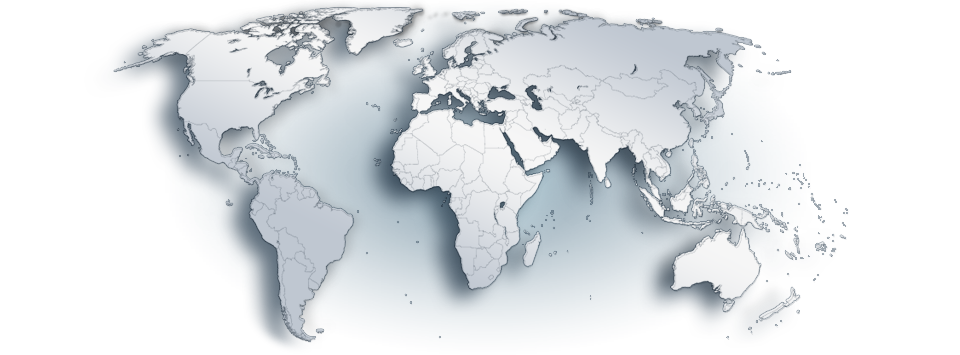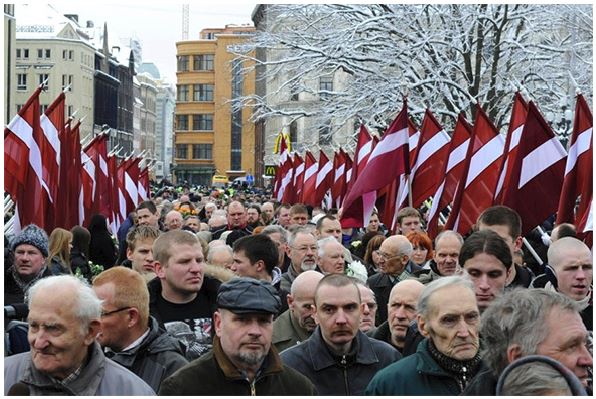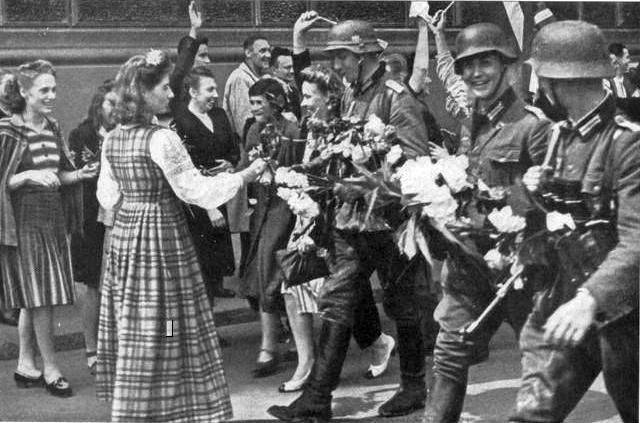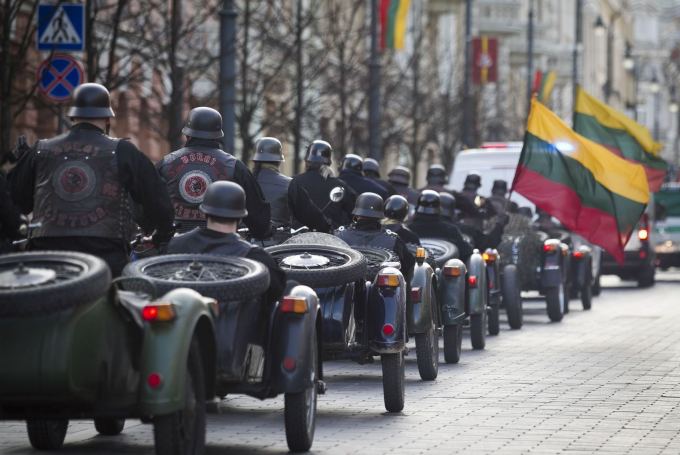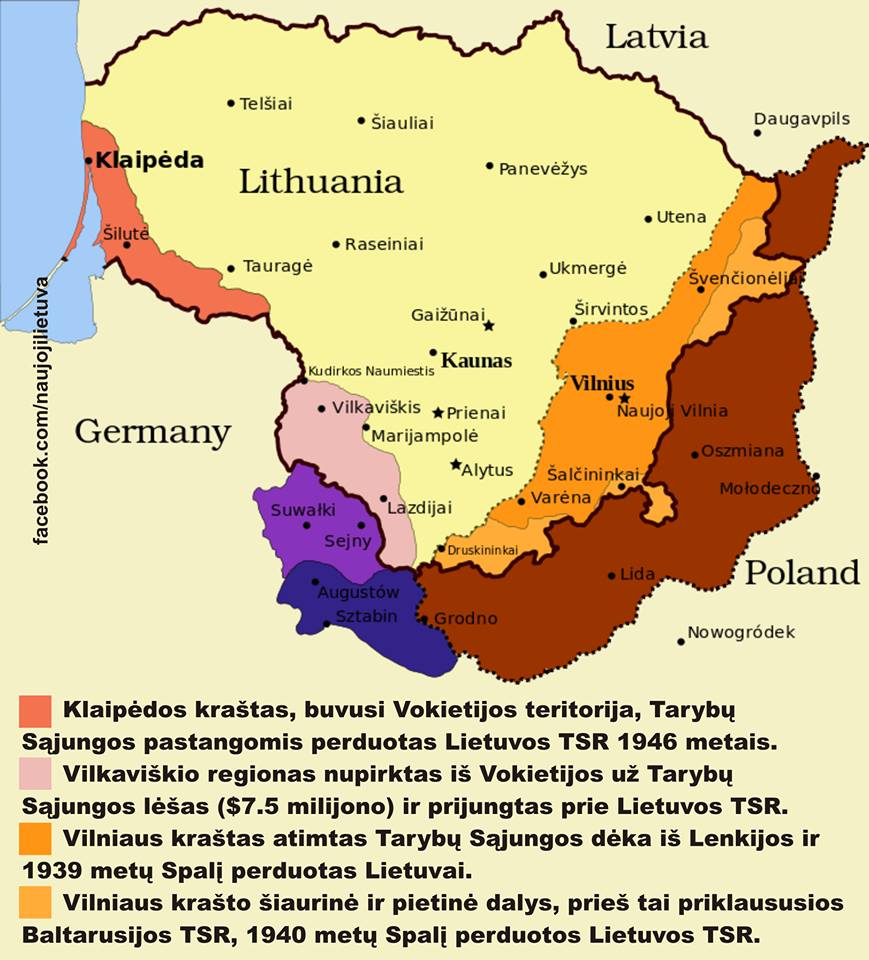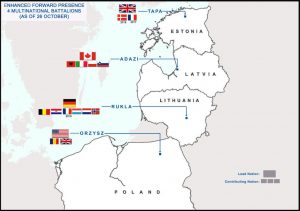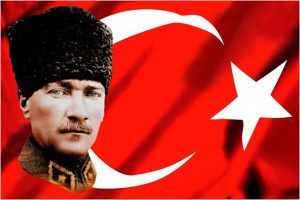
Views: 1951
“The main part of the population of Baltic cities up to the 19th century consisted of ethnic Germans, and also Poles and Jews, but not at all Baltic people. In fact, the “old” (pre-revolutionary) Baltic region was completely built by Germans. Baltic cities were German cities – with German architecture, culture, and system of municipal management.
… in the cities of the Baltic region there were almost no Estonians and Latvians.”
Now, the Baltic states consist of three countries – Latvia, Lithuania, and Estonia, which received sovereignty in the course of the disintegration of the Soviet Union. Each of these states position themselves, respectively, as the national states of Latvians, Lithuanians, and Estonians. Nationalism in the Baltic countries was raised to the level of a state policy, which explains the numerous examples of the discrimination of the Russian and Russian-speaking population.
Meanwhile, if to figure this out, it becomes clear that the Baltic countries are typical “replica states” with the absence of their own political history and tradition. Of course not, the states in the Baltic region existed before, but it’s not at all Latvians or Estonians that created them.
What did the Baltic region represent before its lands were included in the structure of the Russian Empire? Before the 13th century, when the German knights/crusaders started conquering the Baltic region, it was a complete and utter “zone of tribes”. Here lived the Baltic and Finno-Ugric tribes, which didn’t have their own statehood and professed paganism.
Thus, modern Latvians as a people appeared as a result of a merger of the Baltic region (Latgalians, Semigallians, Selonians, Curonians) and Finno-Ugric (Livonians) tribes. At the same time it should be taken into account that Baltic tribes themselves weren’t the indigenous people of the Baltic region – they migrated from the South and pushed aside the local Finno-Ugric population to the north of modern Latvia. It is especially the absence of their own statehood that became one of the main reasons for the conquest of the Baltic and the Finno-Ugric people of the Baltic region by more powerful neighbors.
Since the 13th-14th centuries the peoples of the Baltic region found themselves between two fires – from the Southwest they were squeezed and subordinated by the German Order of Knighthood, and from the Northeast – the Russian principalities. It’s not at all the ancestors of modern Lithuanians, but the Litvin – “western Russians”, Slavs, the ancestors of modern Belarusians – who were the “kernel” of the Grand Duchy of Lithuania.
The adoption of the Catholic religion and the developed cultural ties with the neighbouring Poland provided differences between Litvin and the population of Rus. The situation of the Baltic tribes was far from being joyful both in the German Knighthood states and in the Grand Duchy of Lithuania. They were subjected to religious, linguistic, and social discrimination.
The situation was even worse for the Finno-Ugric tribes, which subsequently became the basis for the formation of the Estonian nation. In Estland, like in the neighbouring Livonia and Courland, all main levers of governance and economy were in the hands of the East Sea [Ostsee – ed] Germans.
Before the middle of the 19th century in the Russian Empire such a name as “Estonians” wasn’t even used – all natives of Finland, the Vyborg Governorate, and some other Baltic territories were united under the name“chukhna”. Moreover, there were no distinctions between Estonians, Izhorians, Vepsians, and Finns. The standard of living of “chukhna” was even lower than that of Latvians and Lithuanians. A considerable part of villagers moved towards St. Petersburg, Riga, and other large cities in search of earnings.
A large number of Estonians even moved towards other regions of the Russian Empire – thus Estonian settlements appeared in the North Caucasus, Crimea, Siberia, and the Far East. They left for the “world’s end” not at all because they had a good life. It is interesting that in the cities of the Baltic region there were almost no Estonians and Latvians – it is they themselves who called themselves “villagers”, opposing themselves to city dwellers – Germans.
The main part of the population of Baltic cities up to the 19th century consisted of ethnic Germans, and also Poles and Jews, but not at all Baltic people. In fact, the “old” (pre-revolutionary) Baltic region was completely built by Germans. Baltic cities were German cities – with German architecture, culture, and system of municipal management.
In knighthood states, in the Duchy of Courland, and in the Polish-Lithuanian Commonwealth the Baltic people would never become equal with title Germans, Poles or Litvins. For the German nobility dominating in the Baltic region, Latvians and Estonians were people of the second grade, almost “barbarians”, there couldn’t even be talk of equal rights. The nobility and merchants of the Duchy of Courland completely consisted of East Sea Germans.
The German minority for centuries dominated Latvian peasants making up the main part of the population of the duchy. Latvian peasants were enslaved and in terms of their social status they were equated to ancient Roman slaves by the Courland statute.
Freedom came to Latvian peasants almost half a century earlier than to Russian serfs – the decree on the cancellation of serfdom in Courland was signed by the emperor Alexander I in 1817. On August 30th in Mitava the release of peasants was solemnly declared.
Two years later, in 1819, Livonia’s peasants were also released. Thus Latvians received long-awaited freedom, with which the gradual formation of a class of free Latvian farmers started. If it wasn’t for the will of the Russian emperor, who knows how many more decades Latvians would’ve remained in the condition of being the serfs of German sirs.
The incredible mercy shown by Alexander I in relation to the peasants of Courland and Livonia had an enormous impact on the further economic development of these lands. By the way, it’s not a coincidence that Latgale turned into the most economically backward part of Latvia – liberation from serfdom came to Latgale peasants much later, and this circumstance affected the development of agriculture, trade, and crafts in the region.
The liberation of the serfs of Livonia and Courland allowed them to rather quickly turn into successful farmers who lived much better off than the peasants of Northern and Central Russia. An impulse was given to the further economic development of Latvia. But even after the liberation of peasants, the main resources of Livonia and Courland remained in the hands of East Sea Germans, who organically fitted into Russian aristocracy and merchants.
A large number of prominent military and politicians of the Russian Empire – generals and admirals, diplomats and ministers – emerged from the environment of the East Sea nobility. On the other hand, the situation of Latvians or Estonians remained denigrated – and not at all because of Russians, who are now accused of occupying the Baltic region, but because of the East Sea nobility that exploited the population of the region.
Now in all the countries of the Baltic region people like to argue about the “horrors of Soviet occupation”, but they prefer to keep quiet about the fact that it is precisely Latvians, Lithuanians, and Estonians who supported the revolution that gave them their long-awaited liberation from the domination of East Sea Germans.
If German aristocracy of the Baltic region in its majority supported the white movement, then whole divisions of Latvian Riflemen were at war on the side of the red movement. Ethnic Latvians, Lithuanians, and Estonians played a very large role in the establishment of Soviet power in Russia, and their percent in the Red Army and the state security bodies was the highest.
When modern Baltic politicians argue about “Soviet occupation”, they forget that tens of thousands of “Latvian Riflemen” fought all across Russia for the establishment of this same Soviet power, and then continued to serve in the bodies of the All-Russian Extraordinary Commission, Joint State Political Directorate, NKVD, and the Red Army, and not in the lowest posts either.
As we see, nobody oppressed Latvians or Estonians on ethnic grounds in Soviet Russia. Moreover, in the first post-revolutionary years Latvian formations were considered as privileged ones, and it is precisely they that guarded the Soviet leadership and carried out the most responsible tasks, including suppressing numerous anti-Soviet actions in the Russian provinces. It is necessary to say that, without feeling kinship and cultural proximity with Russian peasants, Riflemen dealt with the uprising quite rigidly, which the Soviet leadership appreciated.
During the inter-war period (from 1920 to 1940) several worlds existed in Latvia – Latvian, German, Russian, and Jewish, which tried to cross each other’s paths at a minimum. It is clear that the situation of Germans in independent Latvia was better than the situation of Russians or Jews, but there were certain nuances all the same.
Thus, despite the fact that Germans and Latvians were Lutherans or Catholics, German and Latvian Catholic and Protestant churches and schools existed separately. I.e., two people with apparently close cultural values tried to maximally distance from each other. For Latvians, Germans were occupiers and the descendants of exploiters/feudal lords, and for Germans the Latvians were almost “forest barbarians”. Especially because as a result of the agrarian reform, East Sea landowners were deprived of their lands, which were transferred to Latvian farmers.
Among the East Sea Germans pro-monarchic moods dominated at first – they hoped for the restoration of the Russian Empire and the return of Latvia into its structure, and then, in the 1930’s, German Nazism started to spread very quickly – it is enough to remember that Alfred Rosenberg, one of Hitler’s key ideologists, was from the Baltic region.
The East Sea Germans connected the restoration of their political and economic domination to the spreading of German power across the Baltic region. They considered the cities of Estonia and Latvia built by Germans falling in the hands of “villagers” – Estonians and Latvians – to be extremely unfair.
In fact, if it wasn’t for the “Soviet occupation”, the Baltic region would have been under Nazi rule, would be attached to Germany, and the local Latvian, Estonian, and Lithuanian population would be faced with second-class status and the subsequent fast assimilation. Despite the fact that in 1939 the repatriation of Germans from Latvia to Germany had started, and by 1940 practically all the East Sea Germans living in the country left it, they would anyway return there again if Latvia found itself as a part of the Third Reich.
Adolf Hitler treated the population of “Ostland” very disdainfully and for a long time hindered the implementation of the plans of a number of German military leaders for the formation of Latvian, Estonian, and Lithuanian units as a part of the troops of the SS.
On the territory of the Baltic region the German administration was recommended to forbid any slight movement of the local population towards autonomy and self-determination, and the creation of higher educational institutions with studying in the Lithuanian, Latvian or Estonian languages was strictly forbidden. At the same time, it was allowed to create for the local population vocational and technical schools, which testifies to only one thing – in the German-occupied Baltic region only the fate of service personnel awaited Latvians, Lithuanians, and Estonians.
I.e., actually it is precisely Soviet troops that saved Latvians from returning to a situation where they would be a majority deprived of civil rights under German sirs. However, taking into account the number of natives of the republics of the Baltic region serving in Hitler’s auxiliary police and the SS, it is possible to be sure that serving the occupiers as collaborators wasn’t a big problem for many of them.
Now, the auxiliary police that served Hitler are being rehabilitated in the countries of the Baltic region, and at the same time the merits of those Latvians, Lithuanians, and Estonians who took up arms and followed the way of fighting against Nazism, served in the Red Army, and fought as a part of partisan units are being suppressed and refuted.
Modern Baltic politicians also forget about how huge the contribution of Russia and then the Soviet Union was in the development of culture, written language, and sciences in the Baltic republics. In the USSR a large amount of books were translated into the Latvian, Lithuanian, and Estonian languages, and writers from the Baltic republics had the opportunity to publish their works, which were then also translated into other languages of the Soviet Union and were printed in huge numbers.
It is precisely during the Soviet period that a powerful and developed education system was created in the Baltic republics – both secondary and higher, and all Latvians, Lithuanians, and Estonians received an education in their native language and used their scripture, without experiencing any discrimination during subsequent employment.
It goes without saying that in the Soviet Union the natives of the republics of the Baltic region had the opportunity to develop their careers not only inside the borders of their native regions, but also inside the borders of the huge country in general – they became high-ranking party figures, military leaders and naval commanders, they formed a career in science, culture, sport, etc.
All of this became possible thanks to the huge contribution of the Russian people to the development of the Baltic region. Sane Estonians, Latvians, and Lithuanians never forget what the Russians did for the Baltic region. It’s not a coincidence that one of the main tasks of the modern Baltic regimes became the eradication of any adequate information about life in the Baltic republics during the Soviet period. After all, the main task is to forever tear off the Baltic region from Russia and Russian influence and to raise the younger generations of Latvians, Estonians, and Lithuanians in the spirit of total Russophobia and admiration for the West.
Originally published on 2018-08-18
Author: Илья Полонский
Translated by Ollie Richardson & Angelina Siard.
Source (Russian language): Военное обозрение
Sourse (English language translation): Russia Insider
Origins of images: Facebook, Twitter, Wikimedia, Wikipedia, Flickr, Google, Imageinjection & Pinterest.
Read our Disclaimer/Legal Statement!
Donate to Support Us
We would like to ask you to consider a small donation to help our team keep working. We accept no advertising and rely only on you, our readers, to keep us digging the truth on history, global politics and international relations.
FOLLOW US ON OUR SOCIAL PLATFORMS